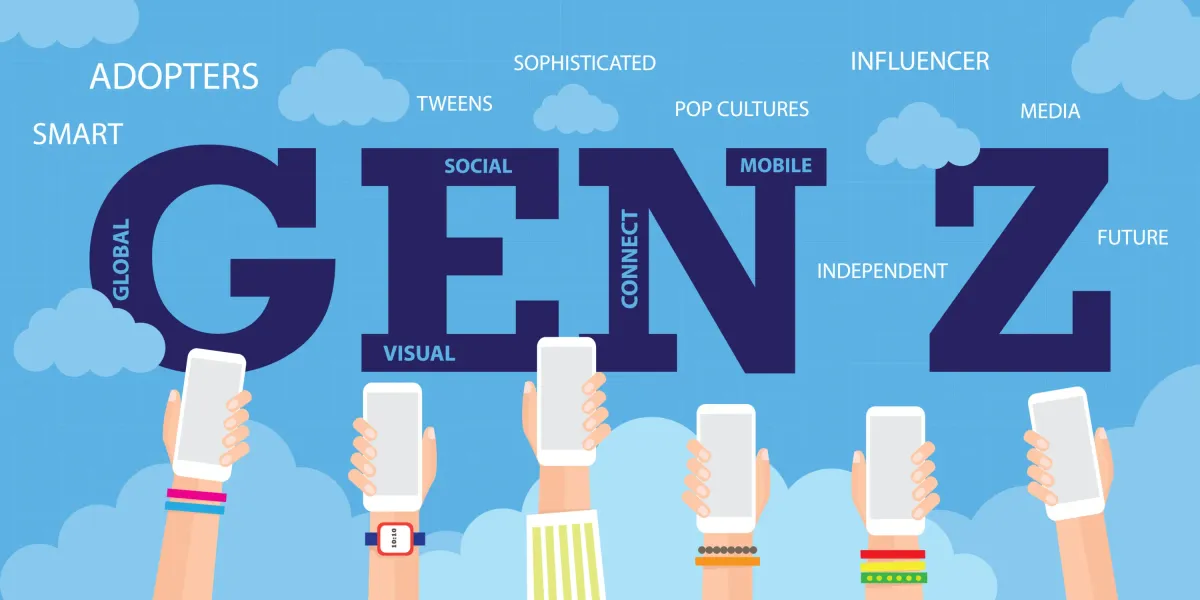Why is Gen Z so obsessed with tumblers? Inside the rise of Owala, Starbucks, Corkcicle, and Stanley
Tumblers are no longer just for sipping—they're Gen Z’s new status symbols.

Tumblers used to be the kind of thing you'd pick up for function—keeping drinks cold or hot, maybe a reusable nod to eco-consciousness.
But for Gen Z, tumblers have evolved into something else entirely: cultural currency. Today, they’re objects of aesthetic obsession, emotional comfort, and—critically—social media clout.
As a Gen Z myself, I own more than ten tumblers in different colors and sizes—and while I hate to admit it, they really do help me drink more water. These aren’t just containers; they’re daily companions that reflect mood, match outfits, and yes, occasionally show up in my Instagram stories.
This article explores how tumblers have become identity statements among younger consumers, and how brands like Owala, Starbucks, Corkcicle, and Stanley have tapped into this demand. From TikTok virality to resale markets, we’ll look at how Gen Z redefined the purpose of a humble beverage container—and what it means for marketers.
Short on time?
Here’s a table of contents for quick access:
- What Gen Z loves about the tumbler aesthetic
- Owala: the new darling of functional cool
- Starbucks: the collector's mindset and drop culture
- Corkcicle: style meets sustainability
- Stanley: from camping gear to campus staple
- What this means for marketers and brands

What Gen Z loves about the tumbler aesthetic
Gen Z isn’t just buying drinkware—they’re curating a vibe. This generation is known for valuing aesthetics, functionality, and self-expression, often wrapped in a filter-friendly package.
The clean girl aesthetic, pastel minimalism, and “That Girl” trends have all propelled tumblers to center stage as symbols of wellness and identity.
Platforms like TikTok and Instagram serve as discovery engines, with 70% of Gen Z reporting social media influences their buying decisions. The hashtag #TikTokMadeMeBuyIt has racked up over 2.3 billion views, often showcasing tumblers alongside lifestyle content.
For many, these products double as “emotional support” items—always in-hand, personalized with stickers, and representing who they are (or want to be) online.

Owala: the new darling of functional cool
Owala’s rapid rise wasn’t accidental. Its pastel-toned, leak-proof designs and signature flip straw hit the sweet spot between form and function.
On TikTok, the #Owala hashtag features countless hydration routines and unboxing videos, bolstered by influencer campaigns and clever FOMO tactics like limited giveaways.
@m1ssjo @Urban Outfitters x @Owala ate w this fr 😔✊ #owala #owalawaterbottle #coquette #bows #bow #blue #waterbottle #coquetteaesthetic #urbanoutfitters #blue #girl #girlblogger
♬ sugardoe - 𝓜𝓲𝓬𝓱𝓮𝓵𝓵𝓮
Unlike older rivals like Hydro Flask, Owala emphasizes customization—offering accessories like sticker kits and silicone boots. This flexibility appeals to Gen Z’s desire for personalization and visual coherence in their lifestyle branding.
Starbucks: the collector's mindset and drop culture
Starbucks took the humble tumbler and turned it into a collector’s item. With limited-edition drops tied to seasons or regions, the brand has created a thriving resale market. Some designs have sold for as much as US$1,875 on eBay.
This scarcity model fuels loyalty, with fans queuing before store openings or refreshing online shops to secure the latest cup. And some designs limited to each country only.
For Gen Z, owning one is about being in the know—a tangible marker of belonging to a niche yet visible subculture.
Corkcicle: style meets sustainability
Corkcicle stands out by marrying design with eco-consciousness. The brand's partnerships with Rifle Paper Co. and Disney inject flair, while its packaging choices and sustainable mission resonate with Gen Z's ethical consumption mindset.
In Indonesia and elsewhere, Corkcicle’s use of limited-time drops and artist collaborations has struck a chord.
The brand proves that sustainability doesn't have to sacrifice style—and that’s a message Gen Z is eager to amplify.
Stanley: from camping gear to campus staple
Stanley’s transformation is perhaps the most unexpected. Once a rugged brand for outdoor enthusiasts, it now enjoys cult status thanks to the 40-ounce “Quencher” tumbler. Stanley has now reached a 275% year-over-year increase in sales due to its virality.
One viral moment solidified its legend: after a woman’s car caught fire, her Stanley cup was found intact—with ice still inside.
She shared the aftermath on TikTok, and the video quickly racked up over 60 million views. Stanley responded by gifting her a new car, further fueling the brand’s reputation for indestructible design and customer care.
With over a billion views on TikTok under #StanleyTumbler, Stanley’s pivot shows how Gen Z can rebrand legacy products through content and community. Its success hinges on perceived durability, size variety, and an unlikely blend of utilitarian chic.
@stanleybrand #stitch with @Danielle Stanley has your back ❤️
♬ original sound - Stanley Brand
What this means for marketers and brands
Tumblers might be the poster child, but the real insight lies in how Gen Z interacts with everyday objects. Here’s what brands should take away:
- Aesthetic isn’t superficial—it's strategic. Design that fits a personal brand can drive purchases faster than function alone.
- Embrace drop culture. Scarcity and exclusivity build hype and repeat engagement. Just ask Starbucks.
- Make it emotional. Products that become “identity markers” offer long-term brand stickiness.
- TikTok is your testing ground. From product design to campaign hooks, this is where Gen Z decides what’s cool.
Tumblers are more than containers—they’re Gen Z’s way of expressing identity, aligning with values, and participating in digital culture.
Brands that understand this shift—and create products that merge functionality with emotional design—stand to win not just attention, but loyalty.
As Gen Z continues to redefine what everyday products mean, marketers should ask: What are we really selling? A product—or a piece of someone’s personality?





